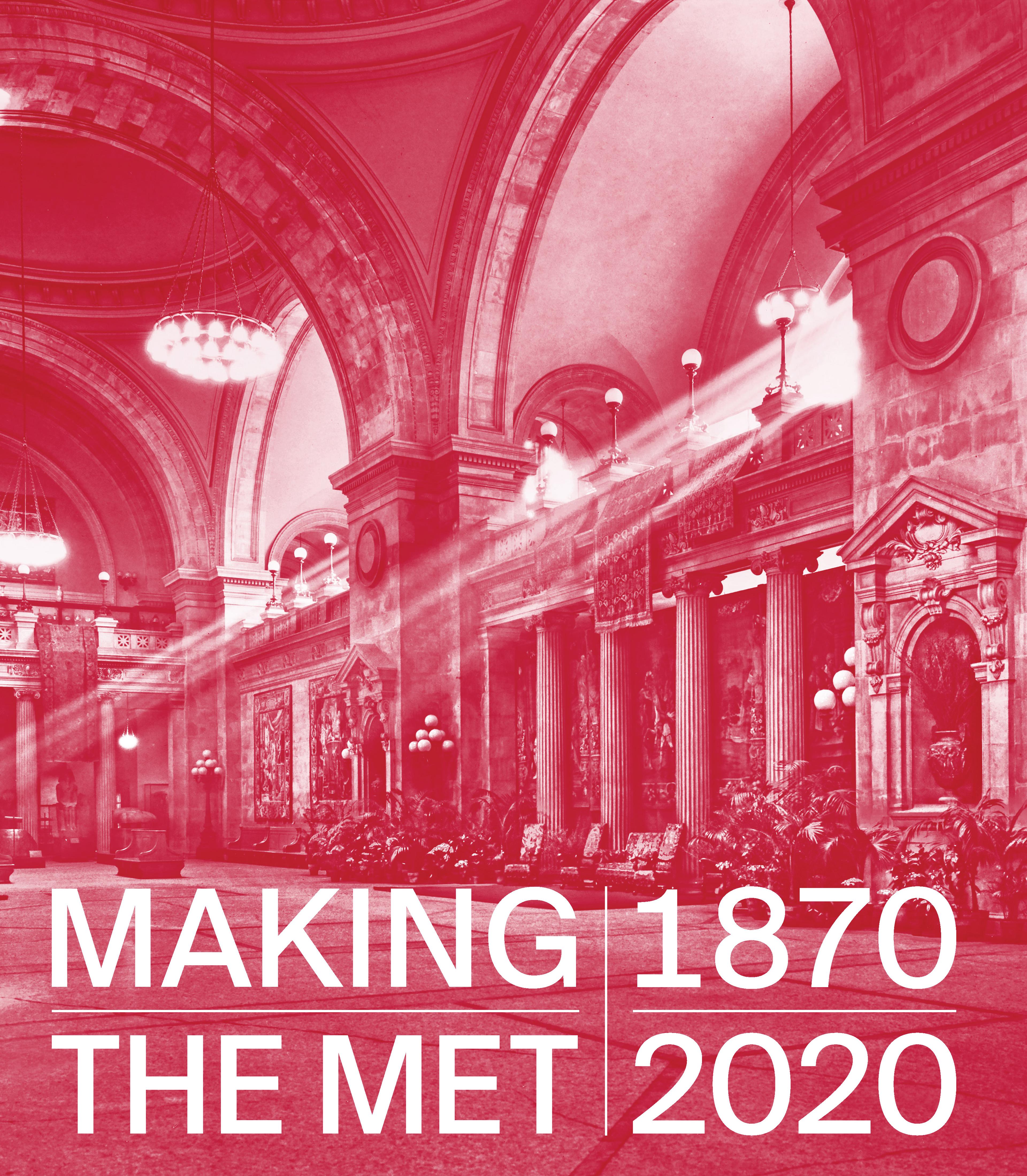Limestone Keystone from a Vaulted Ceiling
During the 1100s and 1200s, fortified settlements were built in the Holy Land by knights from western Europe trying to establish a Christian kingdom with Jerusalem as its capital. Founded by French Crusaders in the 1100s, Castle Montfort was purchased in the 1220s by the Teutonic Knights, German Crusaders who rebuilt it and renamed it Starkenberg. The stonemason who carved this keystone, probably during the Teutonic Knights’ restoration of the site, left his mark, a cross, inscribed on its left end. In 1272 after a heavy siege, the castle fell to Baybars, the Mamluk sultan of Egypt. The surviving knights retired to Acre (now Akko, Israel), the last Christian stronghold in the Holy Land. In 1926 the Museum took part in the excavation of the ruined castle.
Artwork Details
- Title: Limestone Keystone from a Vaulted Ceiling
- Date: ca. 1220–30
- Culture: German
- Medium: Limestone
- Dimensions: 20 in. × 33 in. × 21 3/16 in. (50.8 × 83.8 × 53.8 cm)
Other (weight): 716 lb. (324.8 kg) - Classification: Sculpture-Architectural
- Credit Line: Gift of Clarence H. Mackay, Archer M. Huntington, Stephen H. P. Pell and Bashford Dean, 1928
- Object Number: 28.99.2
- Curatorial Department: Medieval Art and The Cloisters
More Artwork
Research Resources
The Met provides unparalleled resources for research and welcomes an international community of students and scholars. The Met's Open Access API is where creators and researchers can connect to the The Met collection. Open Access data and public domain images are available for unrestricted commercial and noncommercial use without permission or fee.
To request images under copyright and other restrictions, please use this Image Request form.
Feedback
We continue to research and examine historical and cultural context for objects in The Met collection. If you have comments or questions about this object record, please contact us using the form below. The Museum looks forward to receiving your comments.
